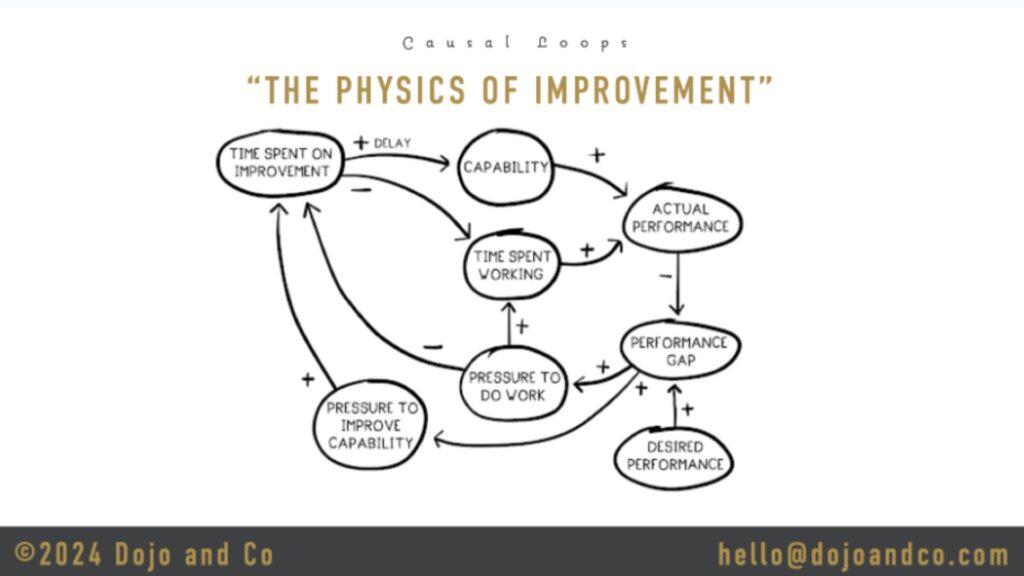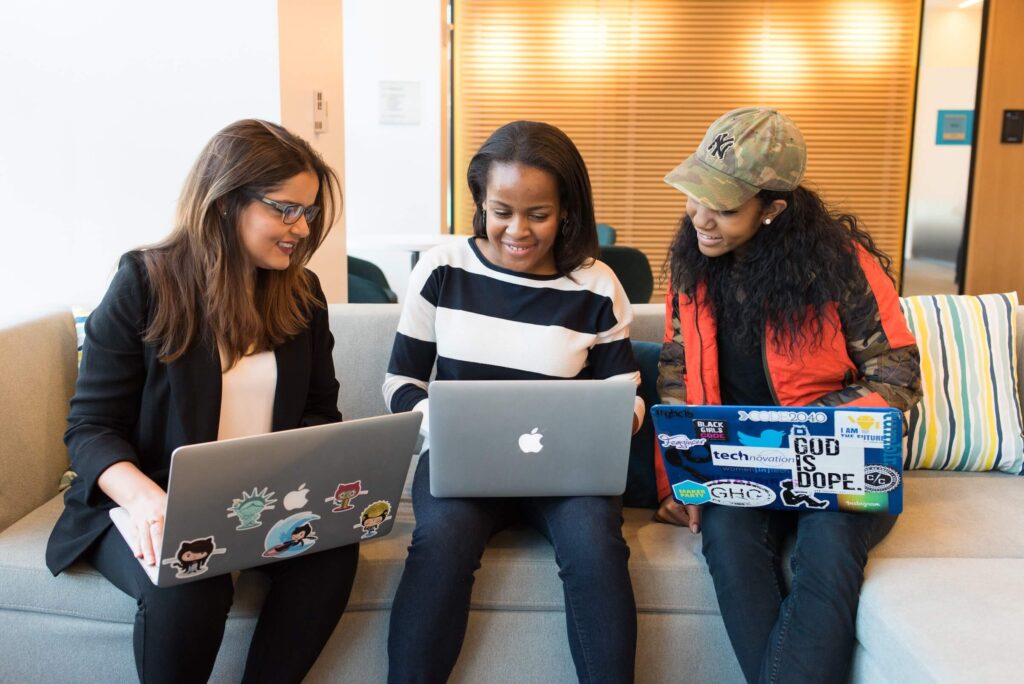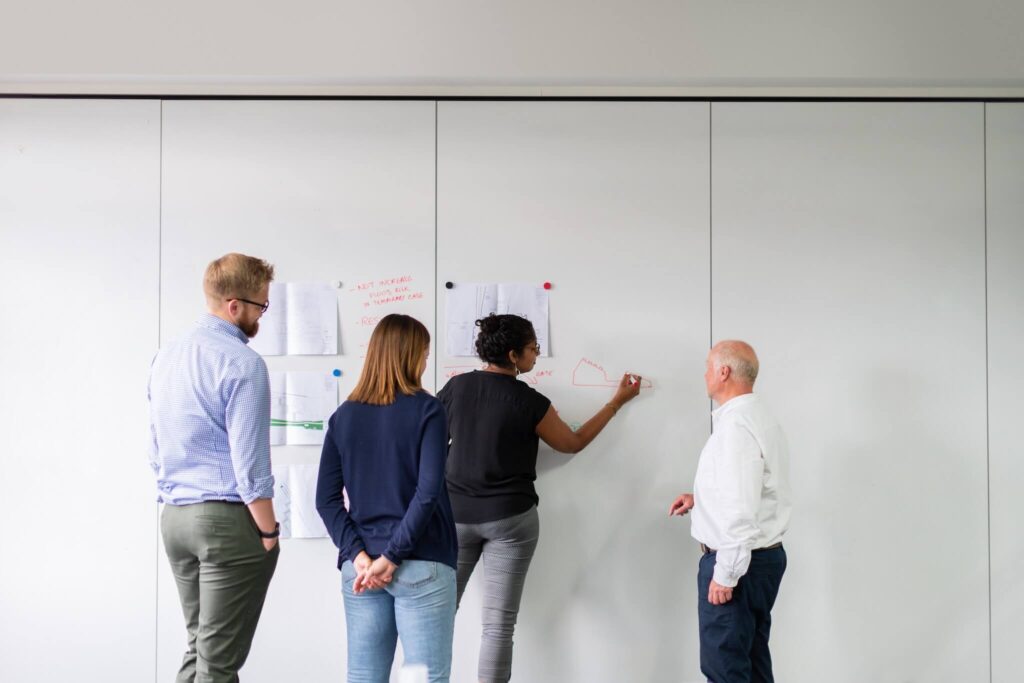Technical experts need to do independent work, but they also need to share their expertise. How can we balance the two?
As part of Slack’s vision to make work life simpler, more pleasant, and more productive, Benji Shine, a technical program manager, addressed this problem through a novel kind of collaboration. His iterative process combines the technical skill of a subject matter expert with the pedagogical skill of an instructional designer. The results are technical training that is impactful, timely, correct, and efficient.
In a recent TechKnowCon session on agile training methodologies, Benji described the method he’s developed to partner with subject matter experts and learners to provide measurable business impact fast.
#New-Eng-Questions: Creating Safe Spaces for Asking Vital Questions
Building effective L&D programs starts with establishing clarity.
Benji’s first recommendation is that L&D teams establish a forum where technical questions are welcomed, so that engineers can get information they need, when they need it. At Slack, Benji created the #new-eng-questions channel to fill this need, and moderates it to make sure every question is answered.
“Any [engineer] can go here and ask just about any question. When people say, ‘This is a stupid question; I should already know this,’ I tell them that the only thing they ‘should’ know the answer to is ‘where is my laptop? ‘ Anything other than that, ask in #new-eng-questions.”
This accomplishes two essential tasks that later provide the foundation for building effective trainings:
- Identifiable Pain Points: New hires don’t enter into an onboarding process knowing exactly what challenges they will face. Giving these new hires the space and freedom to ask their most basic or complex questions helps L&D teams identify both common and unique pain points in the onboarding journey.
- Actionable Feedback: Keeping teams connected and communicating is a great way to gather actionable feedback that can be applied to improve learning programs in the future. Additionally, providing learners with the opportunity to provide such feedback immediately establishes them as collaborators and helps to create a solid growth mindset.
How to deliver impactful, timely, correct, & efficient trainings
“To drive engagement, I need engaging training.”
Benji’s goal is to ensure every training he creates is impactful, timely, correct, and efficient—but he recognizes that’s not going to happen on the first draft, and he knows every training will need changes over time. He recommends an approach to failure that leads to iterative growth.
MVP micro-learnings: honing in on small-scale tasks & actionable feedback
The MVP (minimum viable product) microlearning design method focuses on performing concrete activities and achieving basic competence.
For example, imagine a training program developed to help product engineers deal with incident response more effectively. Before engineers can be effective incident responders, they need baseline technical skills using troubleshooting tools. To acquire those skills, they need specific practice tasks and time to practice, without the pressure of an active incident.
The MVP microlearning process establishes that baseline skill through four key steps:
- Providing learners with a task to perform in a practice environment
- Allowing learners to explore the tools to accomplish the task and produce a concrete result
- Comparing their result to the correct one and providing further learning resources if needed (typically in the form of short demo videos that can be watched in two minutes or less)
- Directing the learners to where they can ask further questions and gain further clarification (such as the #new-eng-questions Slack channel)
- Collecting feedback on the exercise from learners immediately after they complete it.
This focus on small-scale tasks and gathering actionable feedback for future improvements allows for brief learning sessions that can hold the attention of learners. In Benji’s experience, learning sessions that offer “demonstrable, useful learning in 30 minutes or less” are the sweet spot for driving engagement without compromising a team’s other responsibilities and diverse set of needs.
Subject matter experts are not educators (and they don’t have to be)
At Slack, Benji has observed that well-meaning subject matter experts rarely produce engaging training. Instead, they build lectures or create fine-grained documentation. While he’s been tempted to build technical trainings alone, he admits he doesn’t have the subject matter expertise to build strong, accurate training programs alone.
Benji found a solution by leveraging the well-known pattern of pull request reviews: engineers are eager to critique an imperfect implementation.
While subject matter experts may not have the skill to build engaging training materials from scratch, they are quite skilled at providing clear suggestions to improve a draft program created by the L&D team.
In turn, both subject matter experts and learners become engaged collaborators in the L&D process.
Why business impact triumphs over participant satisfaction
Benji points to the Kirkpatrick Model as his touchstone for impact analysis. Though participant satisfaction certainly matters in driving the success of a learning program, it’s only a starting point. The Kirkpatrick Model describes three higher levels of impact: learning, behavior, and results. Benji’s impact measure for these programs is level 2: “the degree to which participants acquire the intended knowledge, skills, attitude, confidence, and commitment based on their participation in the training.”
Benji recommends assessments that directly measure whether the students can do the skills, coupled with a survey that asks about their confidence. By targeting and improving these measures, he ensures that his training accomplish the business objectives.
Through tools that enable employees to do their best work, everyone in the learning process can walk away having contributed something meaningful to the organization and feeling more confident in their abilities.
Check out the full TechKnowCon roundtable with Slack’s Benji Shine today.







